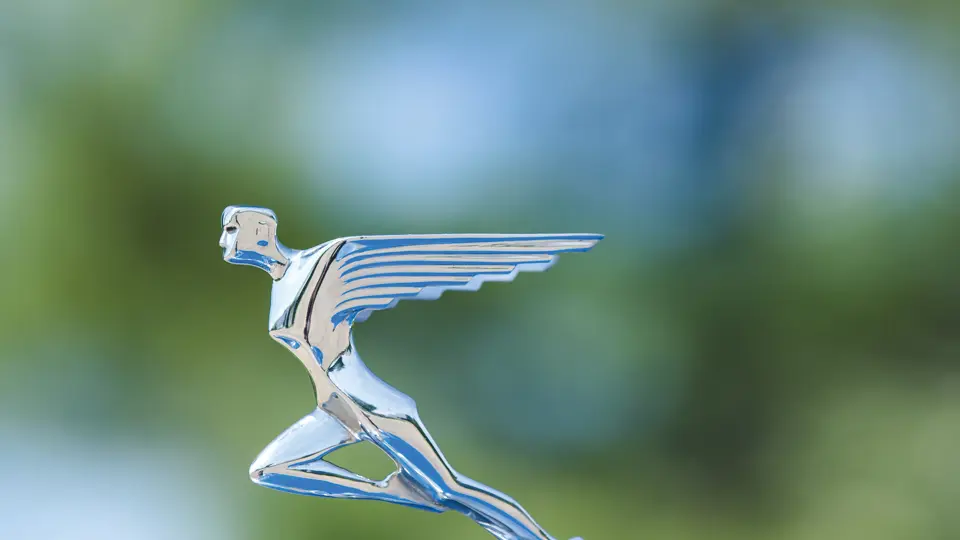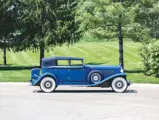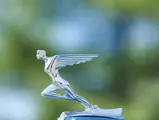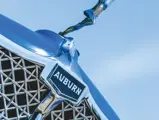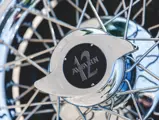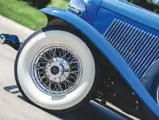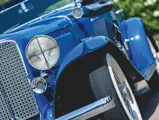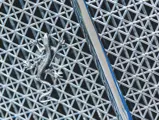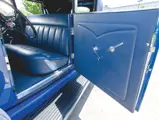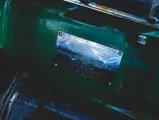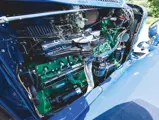
1932 Auburn 12-160A Custom Phaeton Sedan
{{lr.item.text}}
$275,000 - $325,000 USD | Not Sold
{{bidding.lot.reserveStatusFormatted}}
- Formerly owned by Steve Warner and Harrah’s Automobile Collection
- Original chassis and coachwork; extensive known history
- Restored with desirable Salon trim
- Exhibited at the Pebble Beach Concours d’Elegance
Model 12-160A. Est. 200 bhp, 520 cu. in. horizontal-valve V-12 engine, three-speed manual transmission with Columbia electric overdrive, two-speed Dual Ratio rear axle, solid front and live rear axles with semi-elliptical leaf springs, and front-wheel vacuum-assisted hydraulic drum brakes. Wheelbase: 133 in.
E.L. Cord was one to look the Great Depression in the face and smile. For 1932, his team at Auburn Automobile Company launched a bombshell in the luxury car market: a V-12 that would compete head-on with the offerings from Lincoln, Pierce-Arrow, and Cadillac.
It was designed by chief engineer George Kublin, and it utilized a narrow 45-degree “vee” and an unusual combustion chamber, which was set on an angle to the cylinders. The valves were in the heads, but they were horizontal and were operated by a single camshaft through the rockers. This engine could produce 160 horsepower from 391 cubic inches, and it was smaller than its competitors were but no less powerful. Auburn’s famous Dual-Ratio rear axle, which was standard on Custom models, allowed the car to be driven either in high-gear ratios for open country roads or in a lower ratio for city driving. The excellent engineering was wrapped in the timeless Alan Leamy styling that made Auburns of this era some of the most beautiful of all Classics.
The new model could even run like the wind. Running in a Twelve at Muroc Dry Lake, Eddie Miller broke 31 American speed records from flying starts and nine international records from standing starts.
All of this made the Auburn Twelve one of the finest American performance cars of its era, and its barely three years of production, from 1932 to 1934, also made it one of the scarcest. Ironically, one of its claims to fame worked against it; it was the first 12-cylinder car to have a starting price under $1,000. Buyers wrongly assumed that such a low-priced V-12 could not be worth anything. How wrong they were, as modern enthusiasts have discovered. In fact, Auburn was just doing what Auburn had always done—offering its buyers a great bargain for the money.
The four-door Phaeton Sedan offered here is an upmarket 12-160A Custom model, serial number 2572 H, and has its original bodywork, as is confirmed by the original serial number plate still present on the floor. Its ownership history is known back to California in the late 1950s, when it was purchased by Steve Warner, of Tustin.
Mr. Warner was one of the original Auburn Twelve enthusiasts, and he owned several over the years. He cultivated a love of the cars not only in himself but also in his son, Curt, and in other young enthusiasts, most notably Auburn expert Randy Ema, who today remembers the Warner Phaeton Sedan as being “the first Auburn I ever got to play with.” Curt Warner recalls that his father “believed these cars were made to drive, and drive it he did. He got the most out of those 12 cylinders possible.”
In 1963, Mr. Warner sold his prized Auburn to William F. Harrah, for Harrah’s Automobile Collection. The car was on almost constant exhibit at the collection for the next 15 years. In 1978, following Bill Harrah’s passing, it was sold and made its way back to California in the ownership of Rene Chenier. Mr. Chenier restored the car to its present appearance, subtly upgrading it with much of the desirable Salon model trim, including chrome inserts below the windows, Salon door handles, and polished stainless trim on the hood louvers. The body was refinished in an attractive two-tone blue, using shades similar to the factory-correct Auburn Blue, and the paint is complemented by a matching leather interior, a canvas top, and blue Wilton wool carpets.
The engine was fully rebuilt during the restoration for improved long-distance touring capabilities, which included the installation of a properly renumbered American-LaFrance V-12 engine block, a common upgrade that is stronger and more durable than the original Auburn unit and that displaces a whopping 520 cubic inches, more than 100 cubic inches over the stock displacement (391 cubic inches) for incredible additional power. Auburn Twelve enthusiasts who drive their cars, as Mr. Warner once did, often prefer these mighty mills for their increased strength and performance and consider an A-F block a desirable upgrade. Furthermore, the difference is hard to tell, as the block is identical except for a small ledge just outside of the cylinder heads.
Auburn Cord Duesenberg Club members treasure the surviving Auburn Twelves for their excellent performance and show-stopping style, and any example that comes to market is fiercely desired. This Phaeton would be an outstanding choice for shows and club activities, and it will provide instant bragging rights to its new owner.




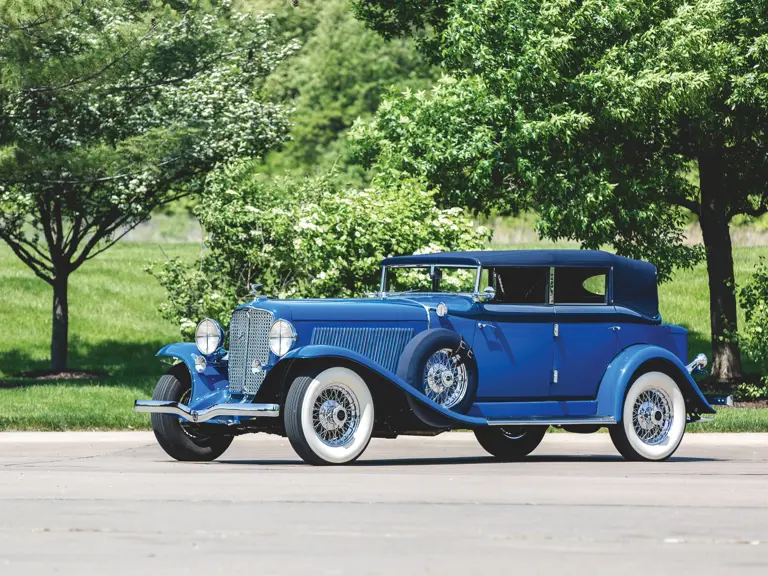








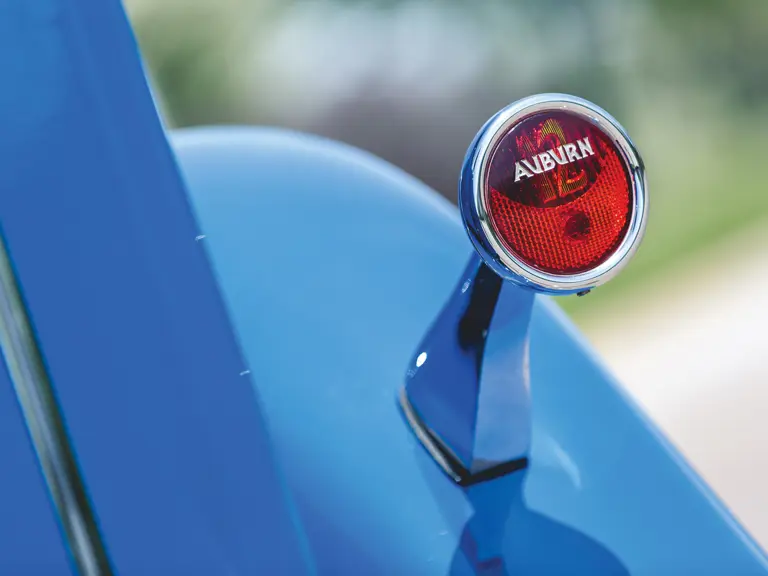

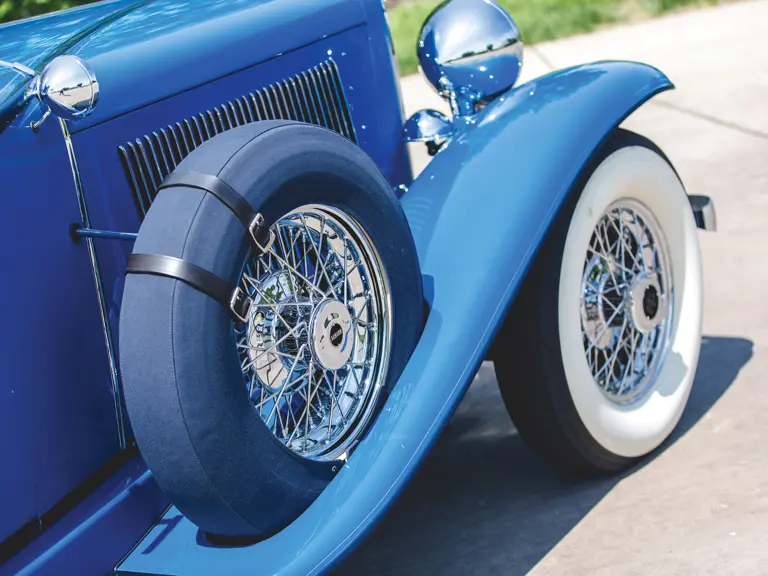
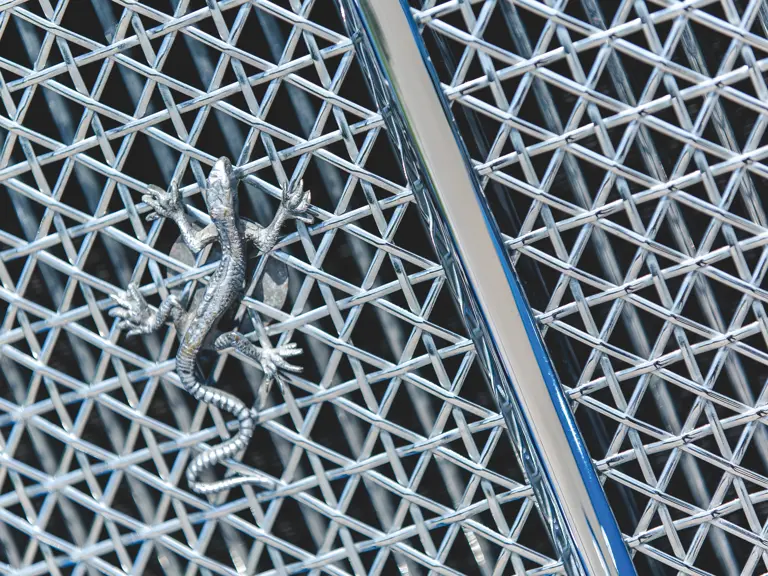

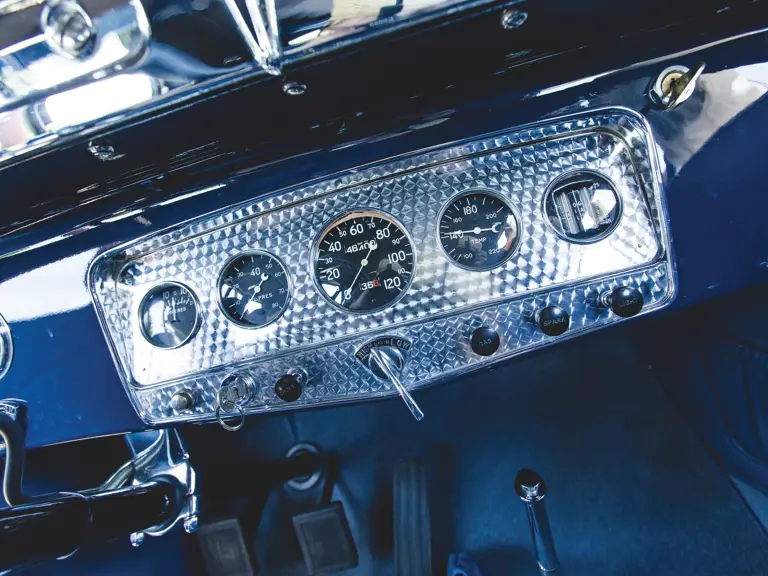
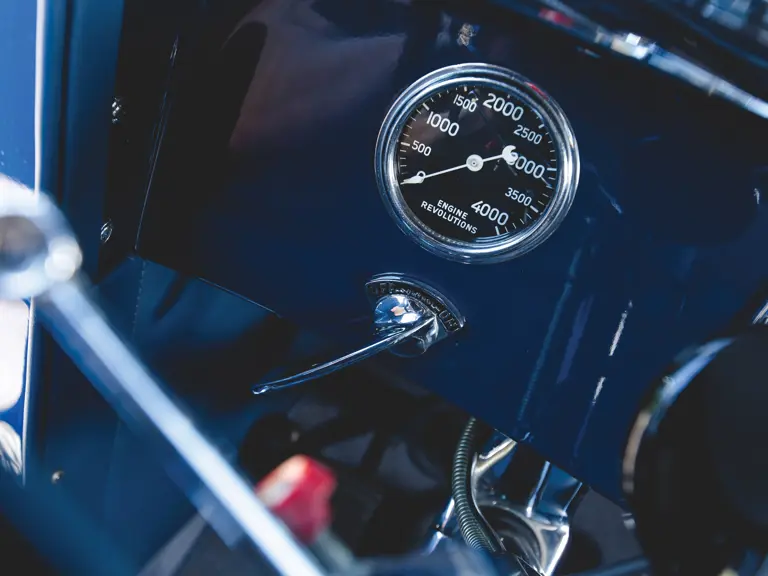
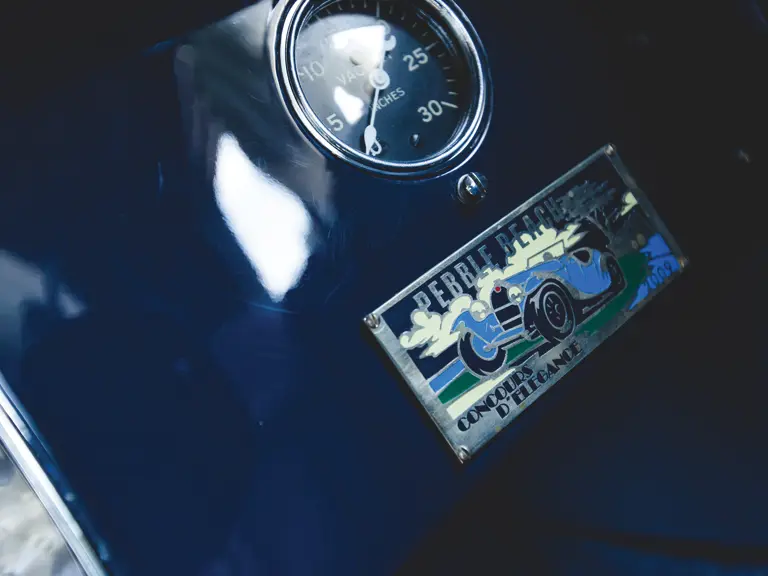


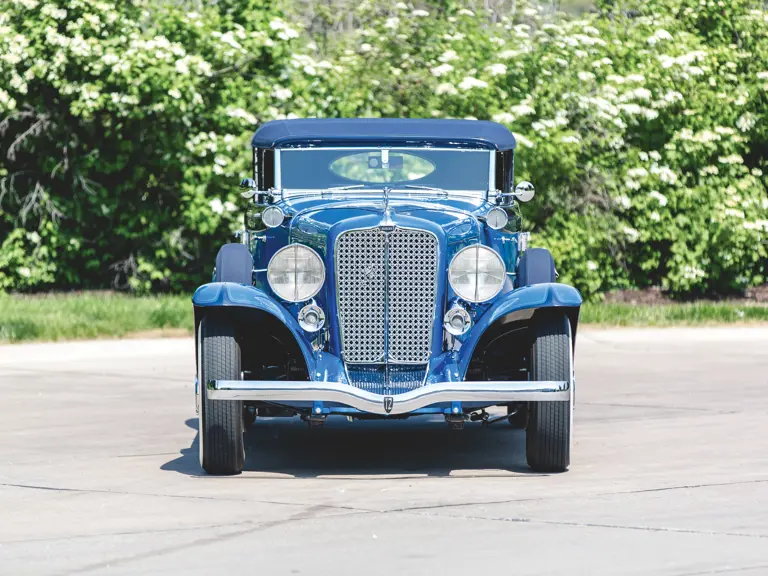
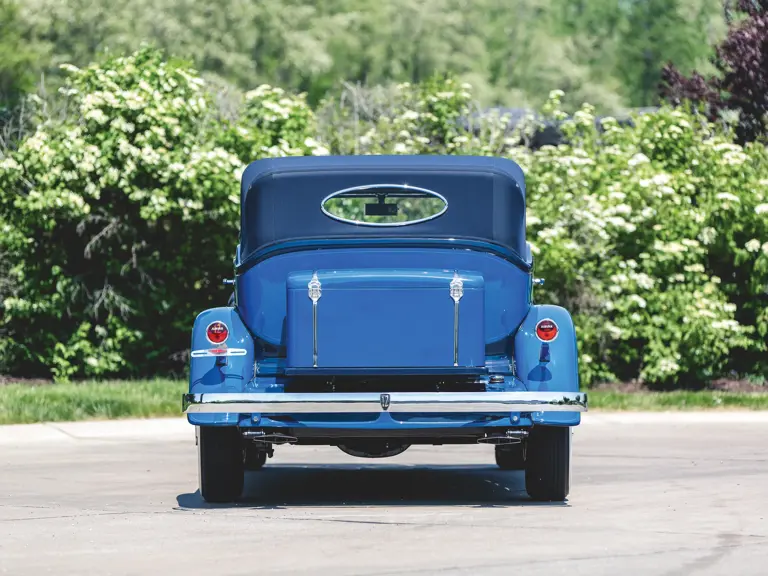
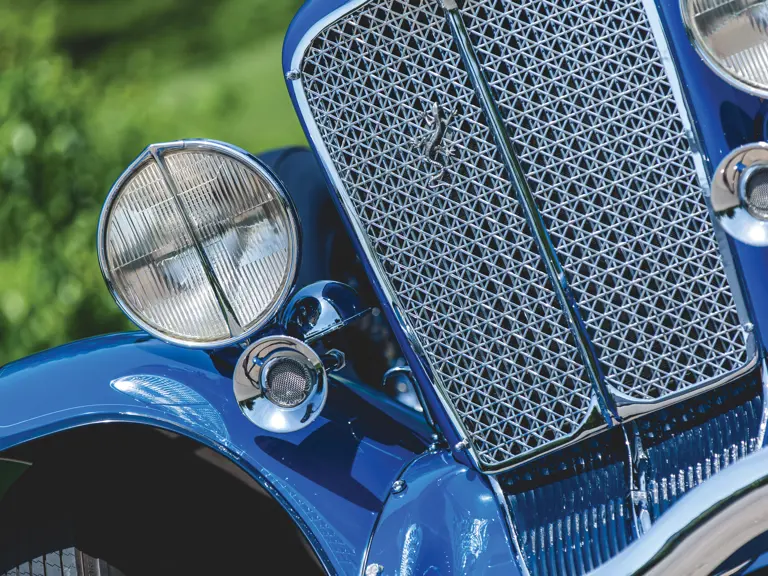
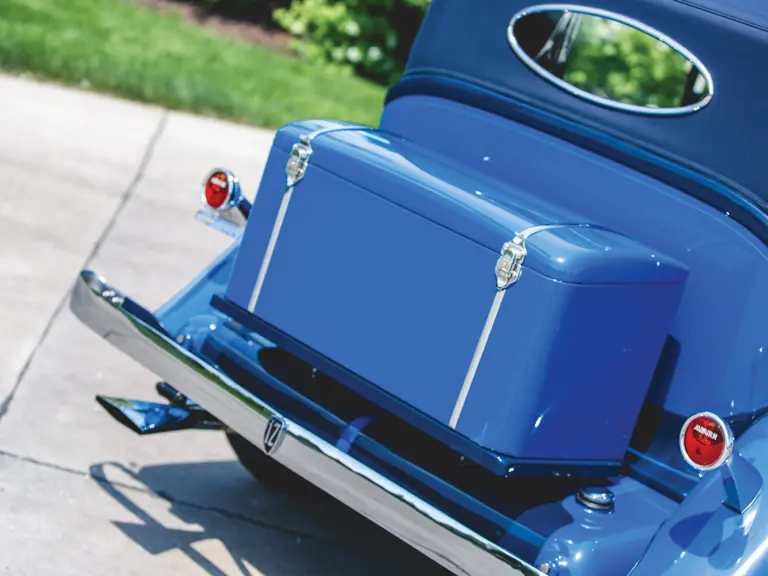
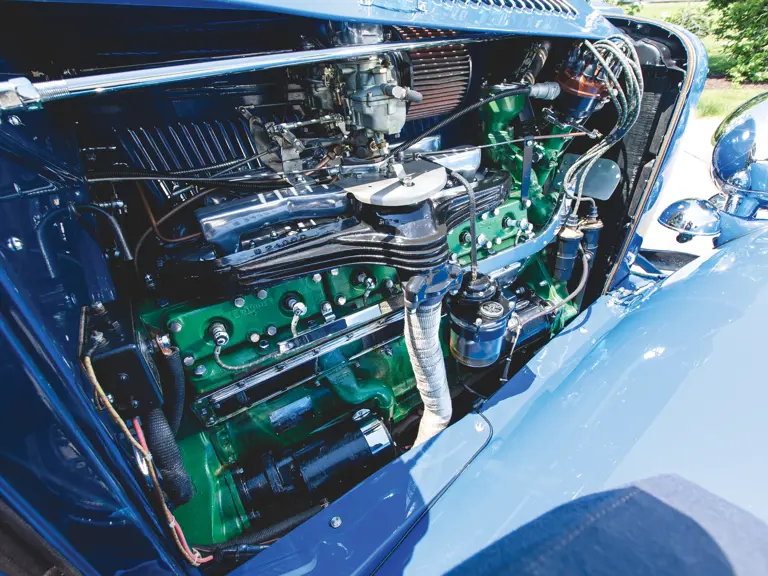
 | Plymouth, Michigan
| Plymouth, Michigan

